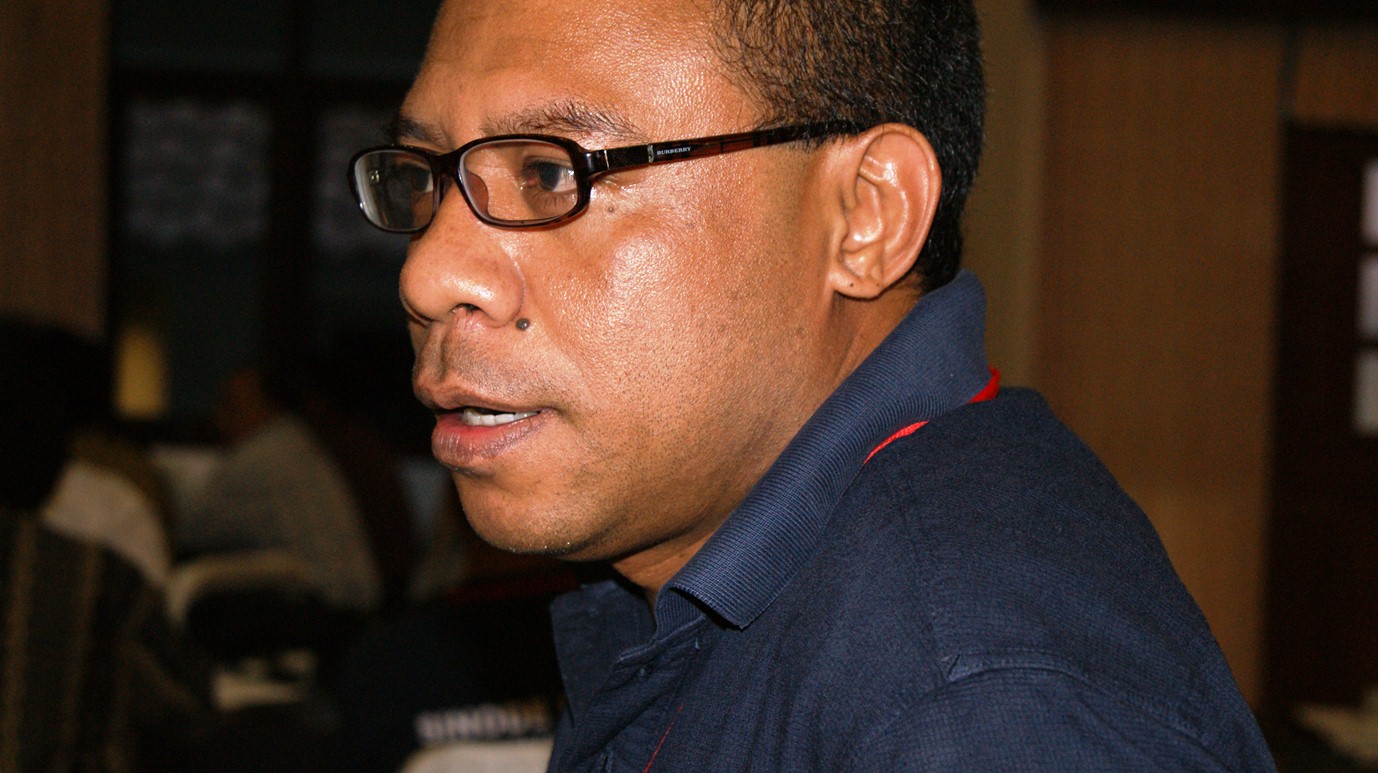In parts of Asia Basic Ecclesial Communities (BECs) were started officially around 1990. I don’t know exactly when my bishop introduced BECs in our Pangkalpinang Diocese, Indonesia. I am sure that at the First Diocesan Synod in 2000 the diocese decided on BECs as its pastoral priority. At that time we did not have a sufficient idea about BECs. In some parishes the priests started with the AsIPA method, especially the AsIPA modules:
- A about Bible Sharing.
- B about “Why BECs?”
- C about Participatory Church.
By 2005 a majority of parishes found that we had a problem about how to start BECs. The process began very late. By 2009, when bishop decided to call the Second Diocese Synod, we were starting to understand the BECs. The document of the synod says that we have to become a Participatory Church, and for that we have to build BECs. The document describes the essence of the Participatory Church, a communion of communities, and what are the BECs. The document also describes how we can start BECs, and the instruments for implementing their vision and mission. These instruments are called “pastoral mirror” and “goal setting.”
For that we have to see the BEC as a new way of being church, a new way to become a Participatory Church. For that we need to reform our parish structures. The parish is a communion of communities so in principle the parish is divided into the small communities. There are 15-20 families in every BEC. In each BEC we have the coordinator of BEC, secretary, pastoral commission (especially the commissions for the family, child and youth) and facilitators. The coordinators of BECs and the coordinators of pastoral commissions automatically become members of the Pangkalpinang Integral Pastoral Approach Team (the coordinator is the parish priest) and Commission. This is a team that implements the vision and mission. The coordinator of the BECs automatically become a member of Parish Pastoral Council, a consultative organ for the parish priest.
BECs are organized territorially. They meet on a determined day every week. In the meeting they usually use the Seven Steps Method. They read the Bible, share their faith based on the Word of God, discuss and decide what activity the community will carry out during the week and pray together. In their meetings there are moments for catechesis: prayer and other activities for the children present in the BEC, preparation for First Communion, etc. Thus the BEC become a locus pastoralis. Pastoral activities are done in the BEC because the BEC structure decentralizes the parish. BECs celebrate the Eucharist. The priest celebrates mass in every BEC. On Sundays and special solemnities, all the BECs celebrate their communion in the parish church or in the chapel of the zone. BEC members prepare the liturgy for the Sunday Mass, help each other economically by becoming members of a Credit Union, etc.
My Bishop Hilarius Moa Nurak SVD sends priests and lay facilitators or animators to the Asian BECs meetings and AsIPA meetings. We can call him one of pioneers of BECs in Indonesia. The Indonesian Bishops Conference decided in 2000 that BECs are the entry point for new Indonesian Church. I have published two books in the Indonesian language about BECs in our Pangkalpinang Diocese. The first one: BEC and Parish as the Life of the Church, 2012. The second one is: Pastoral Mirror and Goal Setting Tools: Instruments for Implementing Vision.
Information on FABC AsIPA (BEC) Activities in 2011:
AsIPA International Workshop:
Dates: 13 October (Thursday) to 21 October (Friday), 2011
Duration: 9 days including 2 days of exposure and arrival and departure days
Venue: Batam Island of Pangkalpinang Diocese, Indonesia (Pacific Palace Hotel)
Contents: Exposure Program, Additional Gospel Sharing Methods, Making One’s Own Awareness Program and Strengthening of Pastoral Tools and Skills.
Total Number of Participants: 80 only (60 from overseas and 20 from Indonesia)
Criteria of the Participants: Priority is for those who participated in AsIPA One and those who complete equivalent workshops as a team.
I am presently writing my thesis in Canon Law at the Collegio San Paolo Apostolo in Rome, Italy on the “Participation and Co-responsibility in the Parish: In the Light of the Particular Norms of the Diocese of Pangkalpinang.” A major part of my thesis is to talk about how the Small Christian Communities determine the structures in the parish as a communion of communities. I have drawn on some historical background of the SCCs including the article on the web: “Historical Development of the Small Christian Communities/Basic Ecclesial Communities in Africa.”
Our diocese has a vision so her identity is: the participatory church, a communion of communities and the mission of promoting SCCs. The new parish structure is based on this vision and mission. This identity become the fundamental motivation for the participation and co-responsibility structure in the parish and eventually the norms of that structure. I have four chapters. Now I am working on Chapter Three that talks about the particular condition of the diocese, the social, cultural, political, economic, religious life, the mission vision of the diocese and particularly the nature of the parish as a communion of communities.
In the light on this concept, I think that the structures of participation and co-responsibility in the parish are not only the Parish Pastoral Council and the Council for the Administration of Goods (according to Canon Law), but also that the parish community is a participatory and co-responsible community. The new way of being church, that is SCCs, can realize this parish identity. The participation and co-responsibility of the People of God in the parish can be realized not only by the consultation or the offering of things of some Christians as representatives in the Parish Pastoral Council. All parish members as a community can participate in the mission of the church by joint decision-making.
Rev. Bernard Balum
Pangkalpinang Diocese, Indonesia
Email: ombenz@yahoo.com
Sources: http://www.smallchristiancommunities.org/


